A GEORGE III SILVER-GILT TRAY
MARK OF DIGBY SCOTT AND BENJAMIN SMITH LONDON, 1804
A GEORGE III SILVER-GILT TRAY MARK OF DIGBY SCOTT AND BENJAMIN SMITH LONDON, 1804 Oval and on four bacchanalian mask, scroll and goat's hoof feet, the border cast and applied with a band of trailing vines and with ribbon-tied berried laurel-leaf rim with two leopard-mask, fruit and foliage bracket handles each terminating in ram's masks, the centre later with a coat-of-arms, marked underneath and on edge of border, the border further stamped 'RUNDELL BRIDGE & RUNDELL AURIFICES REGIS LONDINI FECERUNT' 30½ in. (77.5 cm.) long 228 oz. (7,111 gr.) The arms are those of Hewett impaling Johnson for George Hewett (1750-1840) and his wife Julia, daughter of John Johnson of London and Blackheath, who he married at Great Parndon, Essex, in 1785. Hewett was born in June 1750, the only son of Major Shuckburgh Hewett and his wife, Ann Ward. He was entered at the Royal Military Academy, Woolwich in 1761, being given an ensigncy in the 70th foot a year later before becoming. The late 18th century saw Hewett traveling widely and rising in rank, first in 1764 as lieutenant in Grenada and brigade-major in St Vincent in 1772, also spending time in both New York in 1771 and Nova Scotia in 1775. During a spell convalescing in Bath he met and married, on 26 July 1785, Julia (1761-1848), daughter of John Johnson of Blackheath with who he had five sons and six daughters. During an inspection by King George III in 1786 Hewett attracted the attention of the King and received praise for their appearance, leading to a promotion to lieutenant-colonel by Royal intervention, spending time in Ireland. In 1806 he was appointed commander-in-chief in the East Indies taking over the government of India in Calcutta while the governor-general dealt with the mutiny among the company's officers in Madras, leaving India in 1811. On his return to England he was made general in 1813 and created a baronet on 6 November 1813 by H.R.H. the Prince Regent in 1813 at which time he was officially granted arms. The grant of arms states that George Hewett of Netherseal, co. Leicestershire was '... late Commander of the Forces in the East Indies had represented that he is descended from the family of Hewett long seated at Dunton Bassett, co. Leicester the pedigree of whose family was recorded at the Heralds last Visitation of that county in 1683...' , however as the family never presented the requisite proof of their right to bear arms the arms were not officially recorded and so George Hewett was granted a variation of those traditionally borne by the family. In 1823 Hewett purchased Freemantle Park, near Southampton, and settled there, dying suddenly at his home in 1840. He was buried in Shirley church, near Southampton, and a monument was erected to him in the adjacent parish church of Millbrook. He was described as a tall, soldierly old man, much beloved in private life.
A GEORGE III SILVER-GILT TRAY
MARK OF DIGBY SCOTT AND BENJAMIN SMITH LONDON, 1804
A GEORGE III SILVER-GILT TRAY MARK OF DIGBY SCOTT AND BENJAMIN SMITH LONDON, 1804 Oval and on four bacchanalian mask, scroll and goat's hoof feet, the border cast and applied with a band of trailing vines and with ribbon-tied berried laurel-leaf rim with two leopard-mask, fruit and foliage bracket handles each terminating in ram's masks, the centre later with a coat-of-arms, marked underneath and on edge of border, the border further stamped 'RUNDELL BRIDGE & RUNDELL AURIFICES REGIS LONDINI FECERUNT' 30½ in. (77.5 cm.) long 228 oz. (7,111 gr.) The arms are those of Hewett impaling Johnson for George Hewett (1750-1840) and his wife Julia, daughter of John Johnson of London and Blackheath, who he married at Great Parndon, Essex, in 1785. Hewett was born in June 1750, the only son of Major Shuckburgh Hewett and his wife, Ann Ward. He was entered at the Royal Military Academy, Woolwich in 1761, being given an ensigncy in the 70th foot a year later before becoming. The late 18th century saw Hewett traveling widely and rising in rank, first in 1764 as lieutenant in Grenada and brigade-major in St Vincent in 1772, also spending time in both New York in 1771 and Nova Scotia in 1775. During a spell convalescing in Bath he met and married, on 26 July 1785, Julia (1761-1848), daughter of John Johnson of Blackheath with who he had five sons and six daughters. During an inspection by King George III in 1786 Hewett attracted the attention of the King and received praise for their appearance, leading to a promotion to lieutenant-colonel by Royal intervention, spending time in Ireland. In 1806 he was appointed commander-in-chief in the East Indies taking over the government of India in Calcutta while the governor-general dealt with the mutiny among the company's officers in Madras, leaving India in 1811. On his return to England he was made general in 1813 and created a baronet on 6 November 1813 by H.R.H. the Prince Regent in 1813 at which time he was officially granted arms. The grant of arms states that George Hewett of Netherseal, co. Leicestershire was '... late Commander of the Forces in the East Indies had represented that he is descended from the family of Hewett long seated at Dunton Bassett, co. Leicester the pedigree of whose family was recorded at the Heralds last Visitation of that county in 1683...' , however as the family never presented the requisite proof of their right to bear arms the arms were not officially recorded and so George Hewett was granted a variation of those traditionally borne by the family. In 1823 Hewett purchased Freemantle Park, near Southampton, and settled there, dying suddenly at his home in 1840. He was buried in Shirley church, near Southampton, and a monument was erected to him in the adjacent parish church of Millbrook. He was described as a tall, soldierly old man, much beloved in private life.
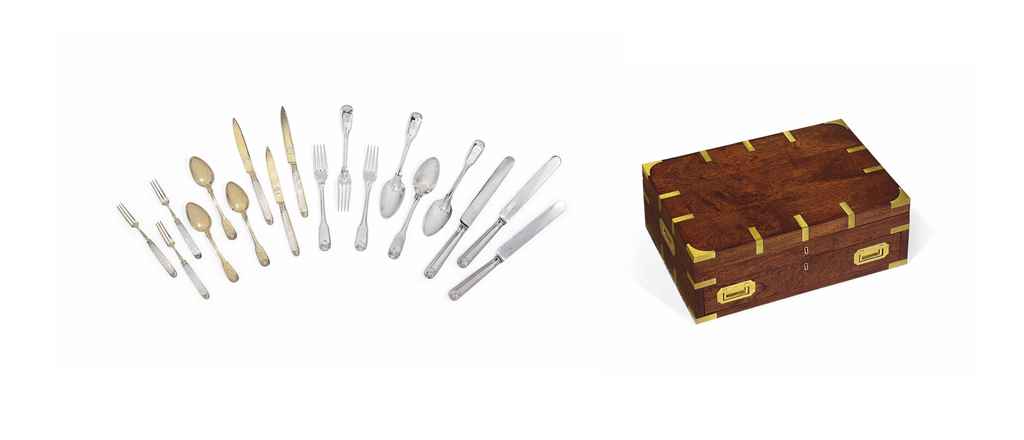
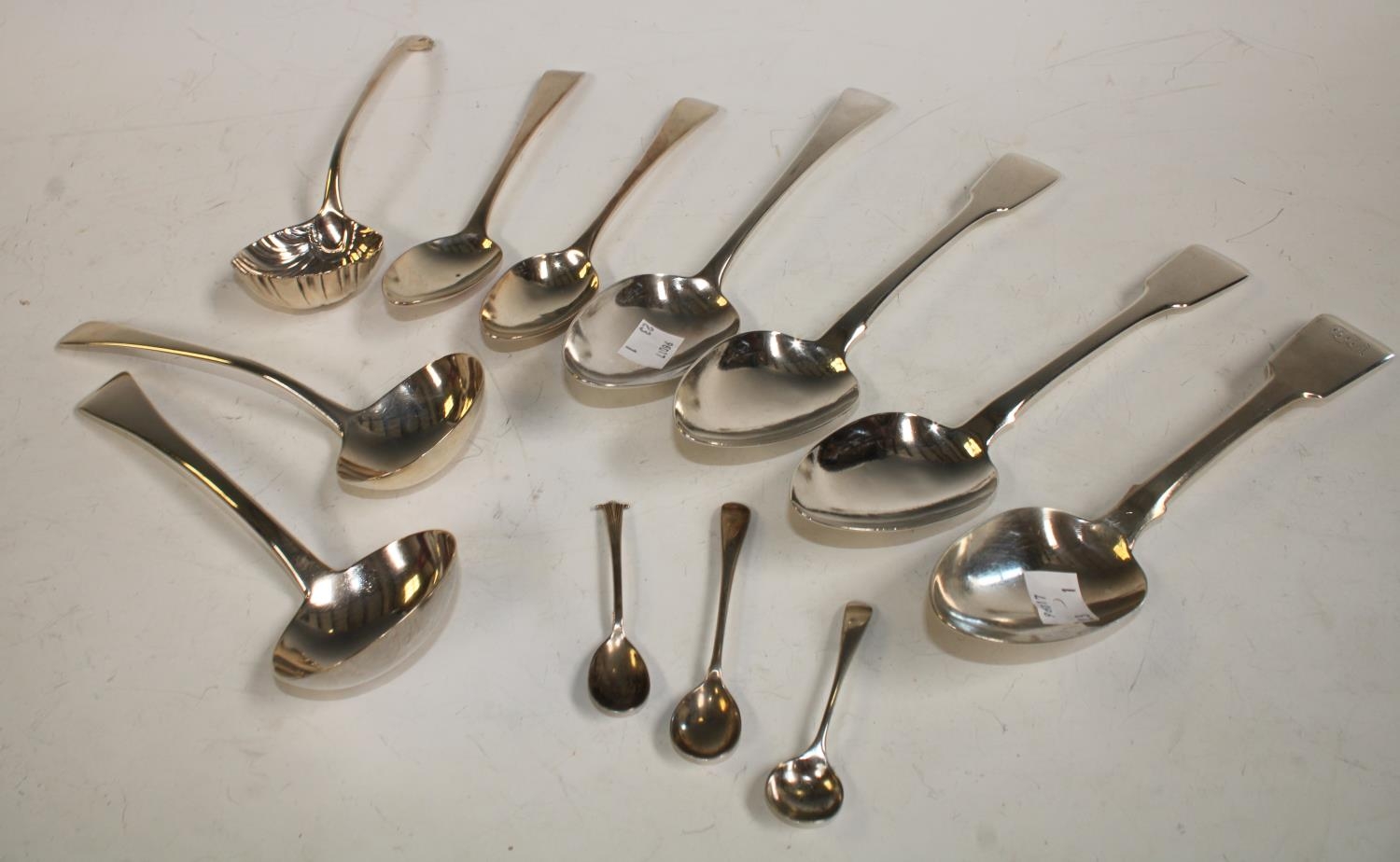

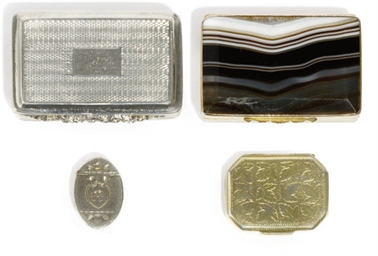
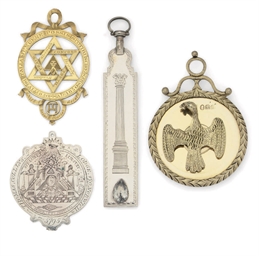
.jpg)
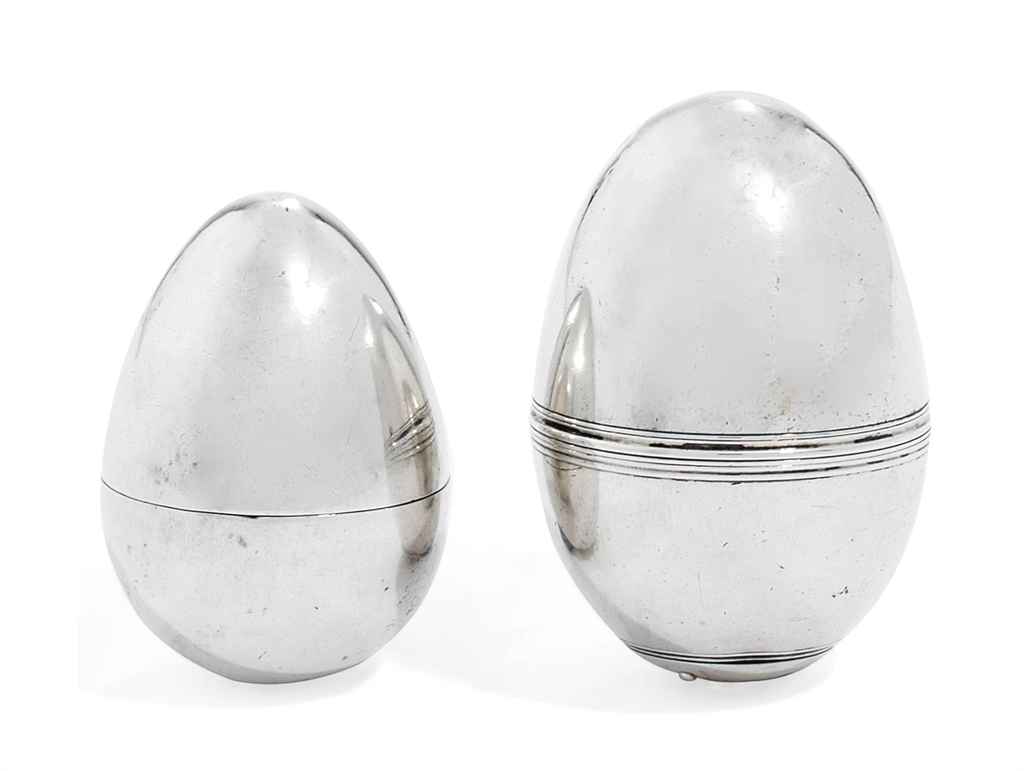
.jpg)
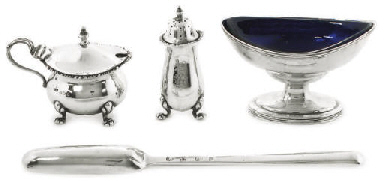

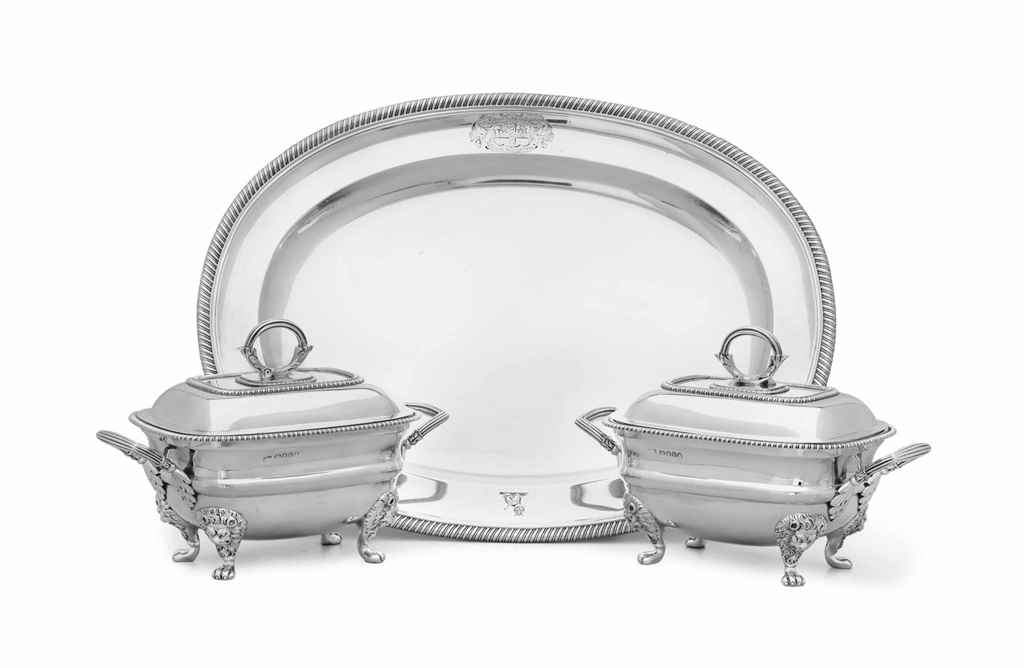
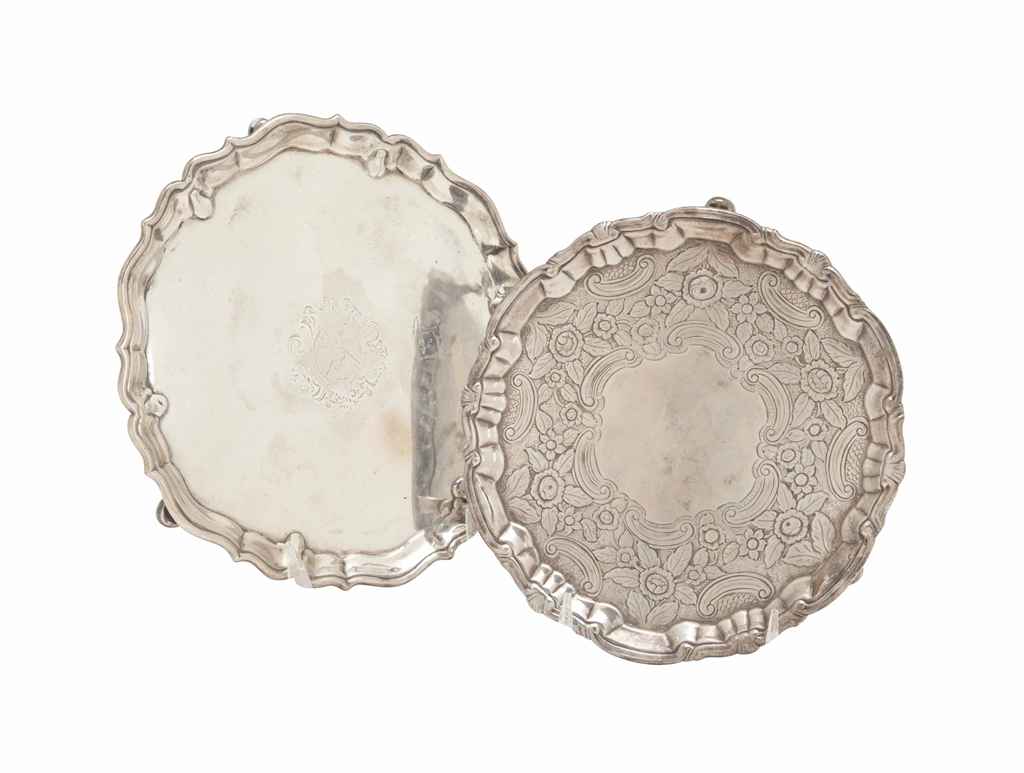
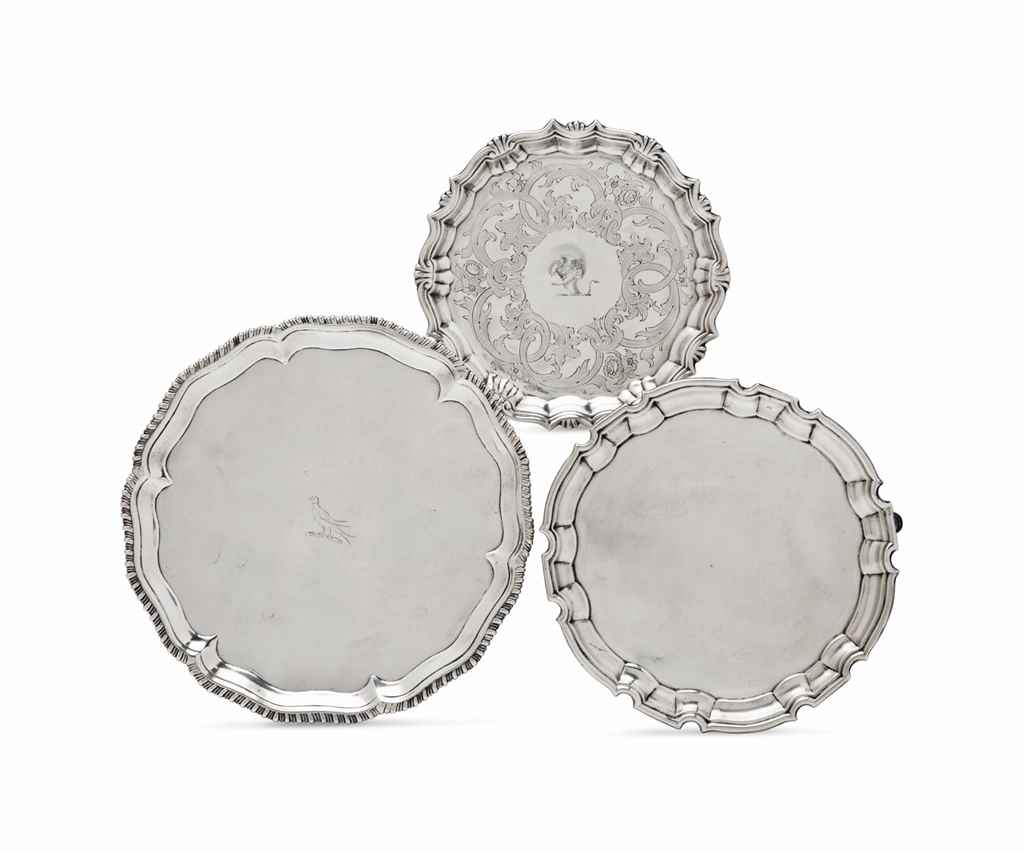


Testen Sie LotSearch und seine Premium-Features 7 Tage - ohne Kosten!
Lassen Sie sich automatisch über neue Objekte in kommenden Auktionen benachrichtigen.
Suchauftrag anlegen